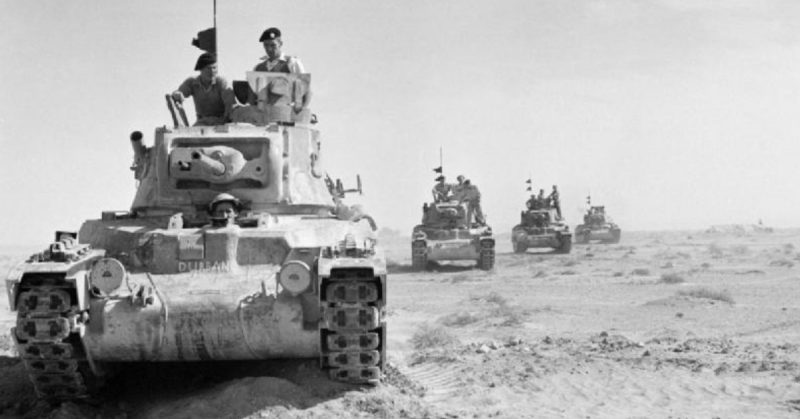During the 1930s, the Nazi government began rearming Germany for what would become the Second World War. The response from Germany’s main opponents, Britain and France, was so muted it was best described as too little, too late.
German Rearmament
At the end of the First World War, Germany was forcibly disarmed under the terms of the Versailles settlement. A decade and a half later, the Nazis came to power based on resentment at that settlement. They immediately set about rebuilding the German armed forces, at first secretly, then more and more openly.
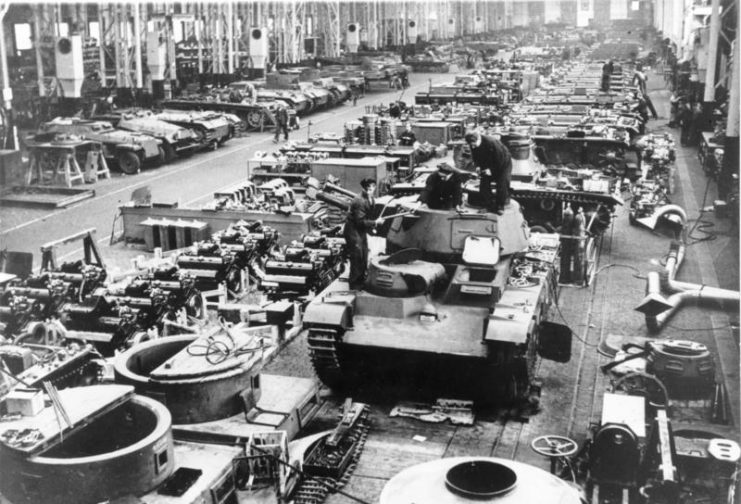
The stripping of Germany’s armed forces meant that the country was starting almost from scratch. With no stockpiles of old weaponry upon which to rely, the government enthusiastically grasped for the latest weapons. This led to a focus on mechanization, embracing the power of tanks, transport, and self-propelled artillery.
The Panzerkampfwagen III and IV tanks provided the armed forces with a way to punch through enemy lines. High-quality rifles and machineguns were produced, with an eye to ever-better equipment.
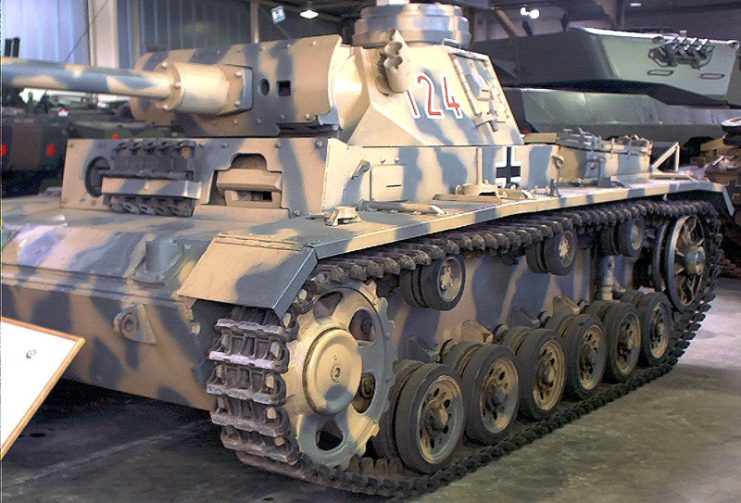
Banned from having a military air force, the regime at first hid behind the smoke screen of civil aviation. By the time the Luftwaffe emerged into the open, German engineers were building sophisticated aircraft such as the Messerschmitt Bf109.
The abolition of conscription until 1935 forced Germany to focus on quality over quantity. There was a focus on recruiting and training high-quality mobile troops, then cycling them out into the reserves so that more could be trained.
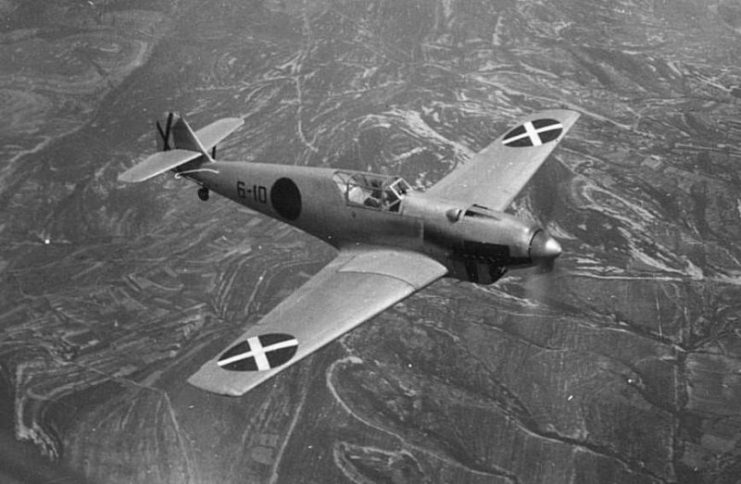
From the mid-1930s, the German government started ignoring the Versailles restrictions. The pace of rearmament accelerated.
Yet Germany’s opponents remained strangely docile.
The British Response
As Britain started rearming, it was constrained by traditional thinking among its top officers.
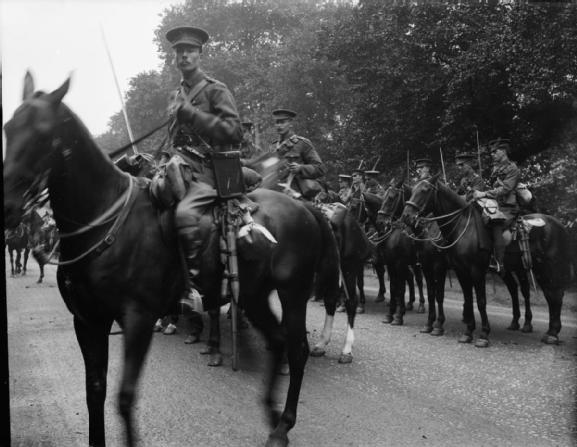
As late as 1925, the influential Lord Haig had argued that the future of warfare lay with horses, not mechanization. Though the British created the first mechanized force in the world in 1927, they disbanded it the following year 1928. It was revived in 1931, abandoned in 1932, and revived again in 1933, as politicians and military thinkers struggled to understand the importance of tanks. Even after 1933, reform was slow.
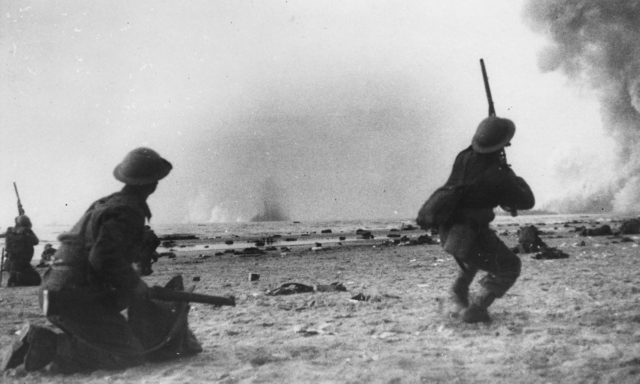
In the summer of 1937, Prime Minister Neville Chamberlain made Leslie Hore-Belisha the Secretary of State for War, with the task of reforming the overly conservative war office. Hore-Belisha was influenced by thinkers such as the officer-turned-journalist Basil Liddell Hart. He reformed the Army Council, but even having cut out the dead wood, he found the top brass slow to bring in change.
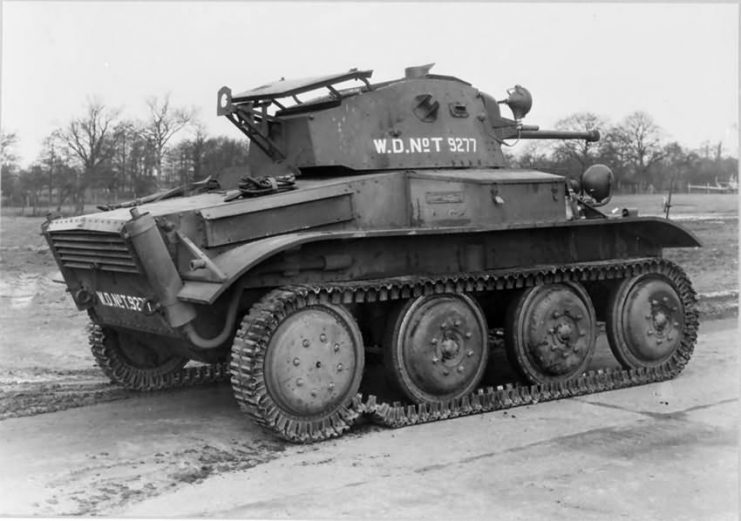
From 1937, the British aimed to build eight armored divisions – three at home, three abroad, and two in the Territorial Army (TA), Britain’s reserves. Despite this, by the start of 1939, only three had become a reality – one regular division at home, one in the TA, and one incomplete formation in Egypt.
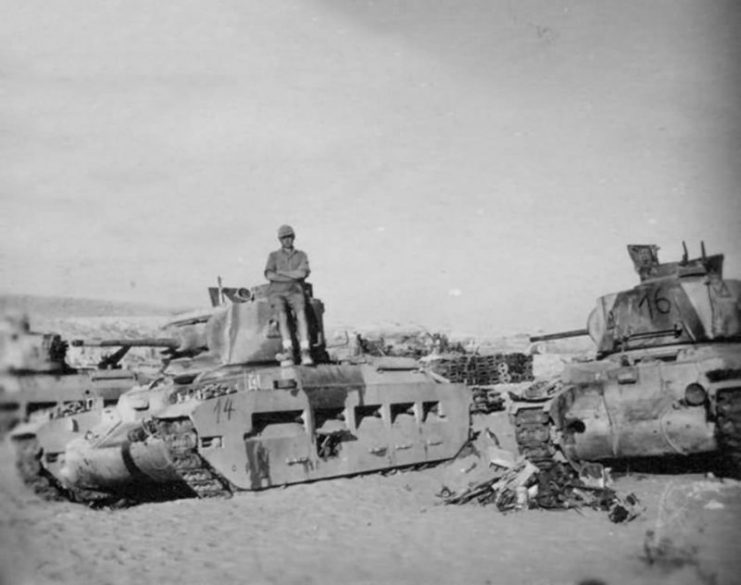
The Munich Crisis of 1938 sped up British rearmament, but Lidell Hart’s calls for more troops abroad and more armored divisions were still largely ignored. Even anti-aircraft defenses were neglected until the last minute in favor of funding traditional forces.
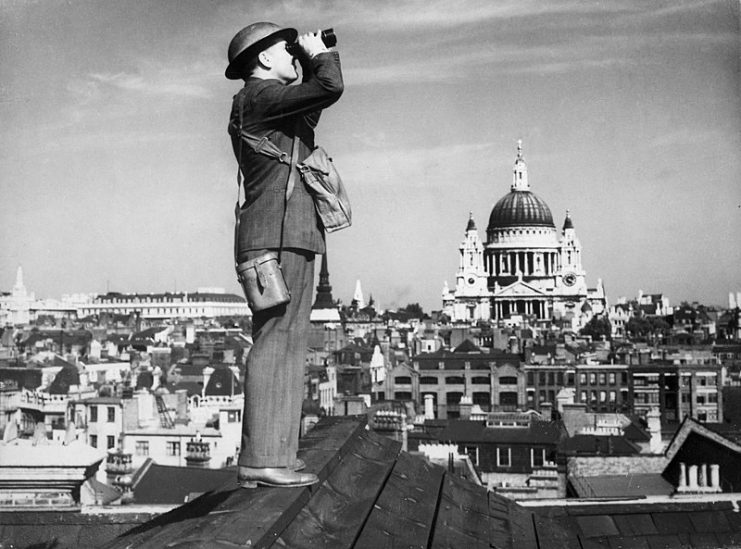
By the time war arrived, more troops were being raised. But Britain was still woefully behind in the mechanization it would need to face German aggression.
French Rearmament
In France, traditional thinking led to a limited and misguided form of rearmament
The French had come out of the previous war with huge stockpiles of weapons and were loath to abandon these. This made them slow to embrace new technology, as they tried to save costs by using what they had.
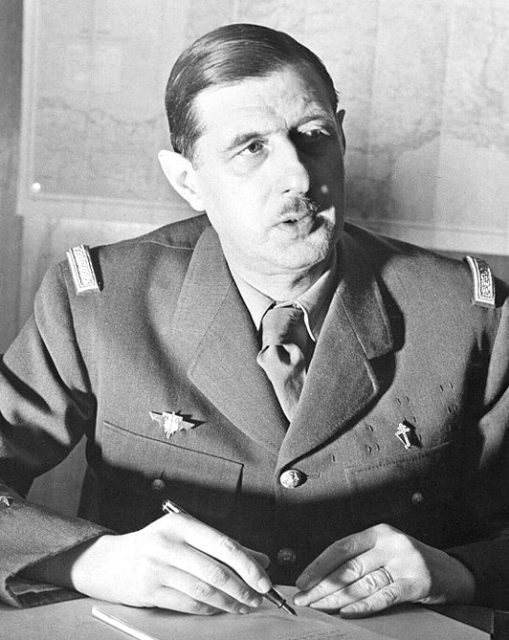
As in Britain, the case for mechanization was advanced by forward thinkers – Pétain in 1926, de Gaulle in 1933, and Reynaud in 1937. But it never gained much traction.
The French retained great faith in conscription. This sort of mass mobilization had begun in France with the revolutionary armies of the 1780s and it had patriotic associations with France’s age of greatness under Napoleon. But reliance on conscription led to a less efficient army that was slow to mobilize.
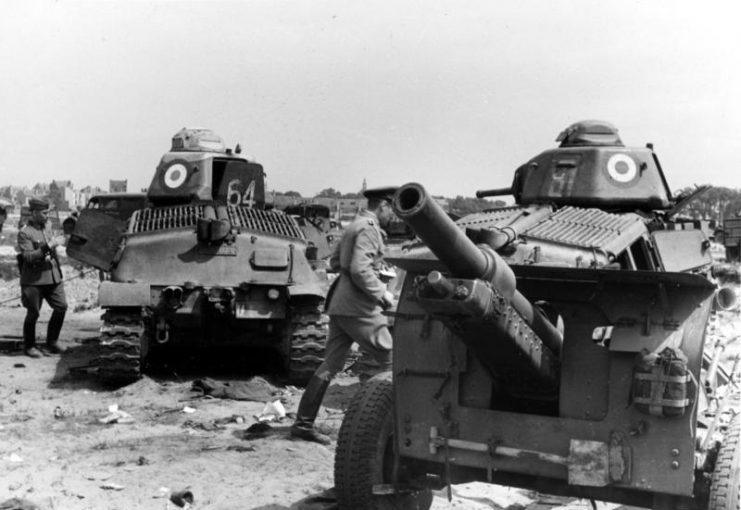
The lack of a professional and mechanized force prevented the French from intervening when Hitler entered the Rhineland in 1936. By the time they were ready to mobilize, the Germans had had time to dig in. It was too late to make a swift, decisive intervention.
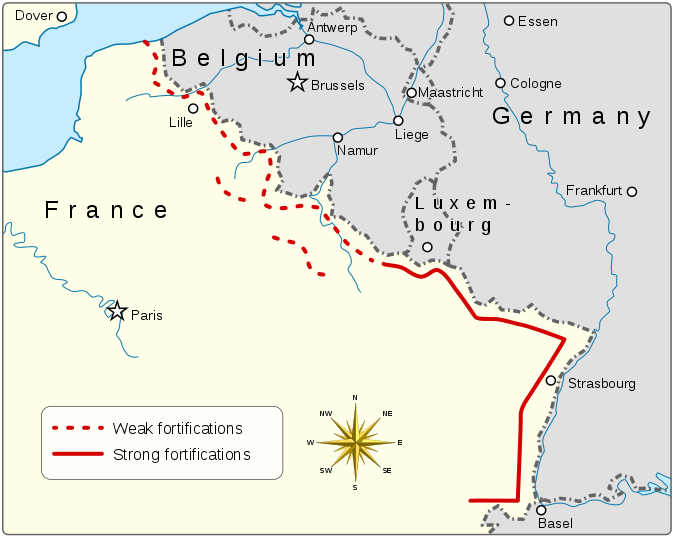
Complacency among the French leadership was reinforced by the Maginot Line, a string of tough concrete defenses along the border with Germany. Built in the 1930s, this absorbed much of the effort that could have gone into rearmament. It created a false sense of security, as the Germans would simply drive around it in 1940.
Why Such Delays?
Why were France and Britain so slow to rearm?
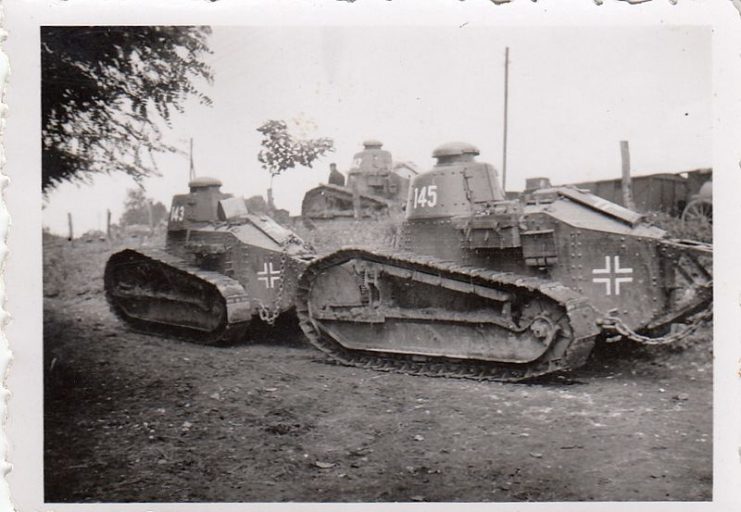
One reason was budget restraints. World War One had been a costly affair that saddled them with great debts, so there was little political will to spend extra money on the military.
Then there was their diplomatic stance. The governments of both nations sought peace, unlike Hitler, who relished the thought of war. The weapons of mechanized warfare favored aggressive tactics and surprise attacks, so were ill-suited to strategies built around defensiveness and keeping the peace.
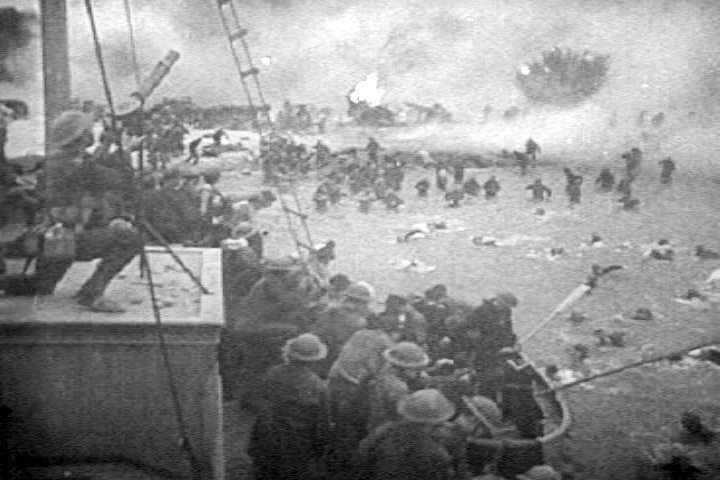
Behind it, all was the fact that armies learn best not from victory but from defeat. The experience of 1918 not only motivated the Germans to rebuild, it taught them how to do it best. After suffering at the hands of Allied tanks and planes, they were determined to have the edge in these areas.
The Germans had more motive to change and the right mindset to do it. The British and French weren’t motivated enough to overcome the habitual conservatism of their leadership, and so left rearmament until it was too late.
